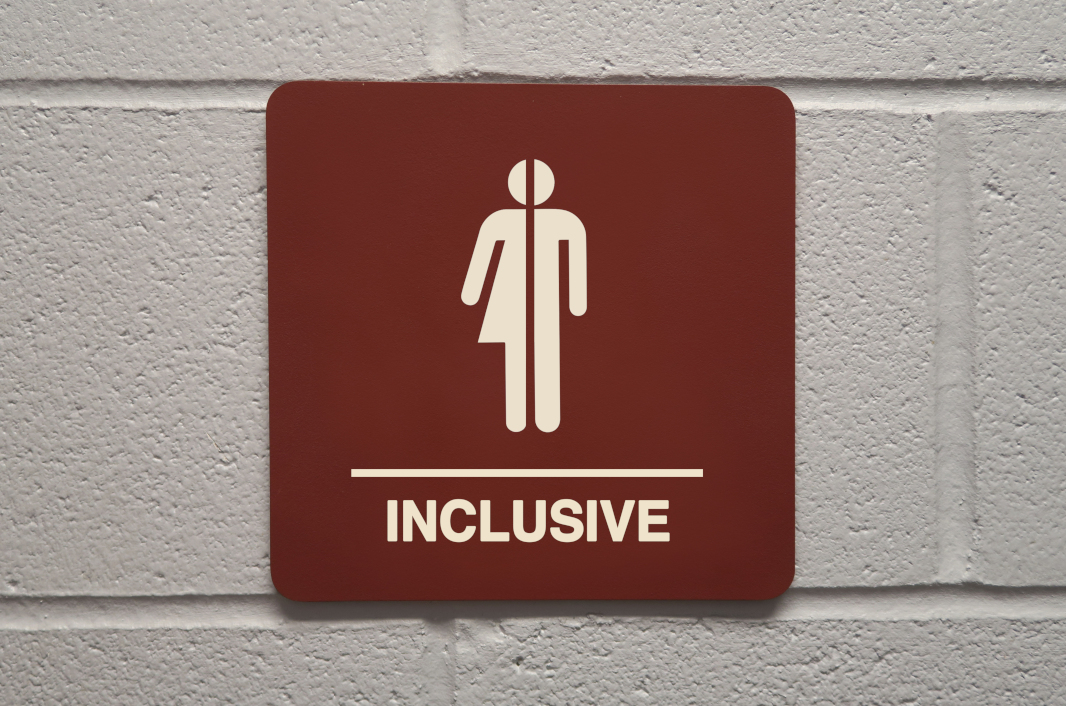A straw poll in the office shows the majority of business chatbots and virtual assistants are given a female gender and character. Is this right, does it benefit the customer and should it be the case in the future when every business has a bot?
Tech and science writer Gemma Milne recent series of tweets questioned the demeaning and unnecessary portrayal of chatbots as women, the male-dominated ecosystem that builds them and several other concerns, with some valuable responses and more positive examples from the tech community.
“Please, people who build chat bots, stop giving them female names and referring to them as ‘she’. Call them it. Use a made-up name. It’s so frustrating watching men present these startups on stage to a room full of men, talking about their pet female AI assistant they’ve invented.”
She isn’t the first, there have been plenty of blogs on the subject, from the likes of FindLaw which considers the legal aspects, “Gender bias is an increasingly serious issue in chatbot design, especially for voice-based chatbots, these assistants often perform tasks that many view as menial.” and Integrate’s AI blog, considering the business issues.
“For companies, transparency and responsibility will always play big and necessary roles in these contexts. But all of this also raises complicated questions that don’t have simple or straightforward answers. While trying to serve customers better by building more satisfying and “human” interfaces, companies also run the risk of undermining trust.”
Their points are backed-up by major airlines, banks and other businesses, mostly going with a female presence for their chatbots, AI avatars and so on.
The simple answer – neutrality
Any business can neatly avoid the issue wholesale by going with a gender-neutral name and demeanour. Or maintaining the synthetic and robotic nature of chatbots or virtual assistants, rather than adopting a specific gender. If the development bandwidth is there, as with Apple’s Siri, they can give the user the option of how the bot talks or appears to customers. That’s unlike Alexa, if you ask “her”, “can you be male?” She’ll respond that she can’t change her voice.
Sticking with a robot that looks, talks or sound like a machine, also keeps people’s mind on the task, be it a customer query, banking or utility payment, or shopping exchange. By taking sex out of the equation, there will less of the inappropriate comments or silly attempts to engage.
As we move beyond the text-based chatbot to an avatar-based system, people will be able to choose from a range of options, or build their own, with the usual pros and cons. Consider medical diagnostic chatbots or robo-surgeons for children, being able to present themselves as cartoon characters or heroes. But, we also know some people will push an avatar as far as they can, given the opportunity to define its sexual characteristics.
In times where people are going way beyond the normal binary gender identifiers, sticking with the traditional male and female might also drive away those who identify as non-binary. Already, governments and businesses are struggling to keep up with the usual “gender” options on any form, so why would future generations with a range of options expect to have to stick to the traditional two?
Reasons for a gendered bot
Of course, there can be valid or useful reasons for having a chatbot that uses a particular gender. In western society, women are considered good listeners, so a mental health bot might be more amenable to young men fed on a tabloid diet of “man-up” machismo. They might not react well to a male voice or persona, so a female chatbot could produce stronger engagement and better results.
Does that reinforce a stereotype? Possibly, but if it gets results and saves or helps mend lives, is that something users could live with, we’d hope so. Across parts of Asia, where women have long been reduced to stereotypes when it comes to gender-based roles, having chatbots as female could help boost their acceptance among business, especially as chatbots take on more superior roles and tasks.
Whatever the reason for creating a bot, any business needs to carefully consider how it is presented to clients or the public. Companies cannot afford negative stories about a bot that is overtly sexualised, reacts badly to suggestive comments or creates other issues. Consider this during the development project, especially if in a room or office full of men, who think one design choice or comment might just be “a bit of a joke.”
